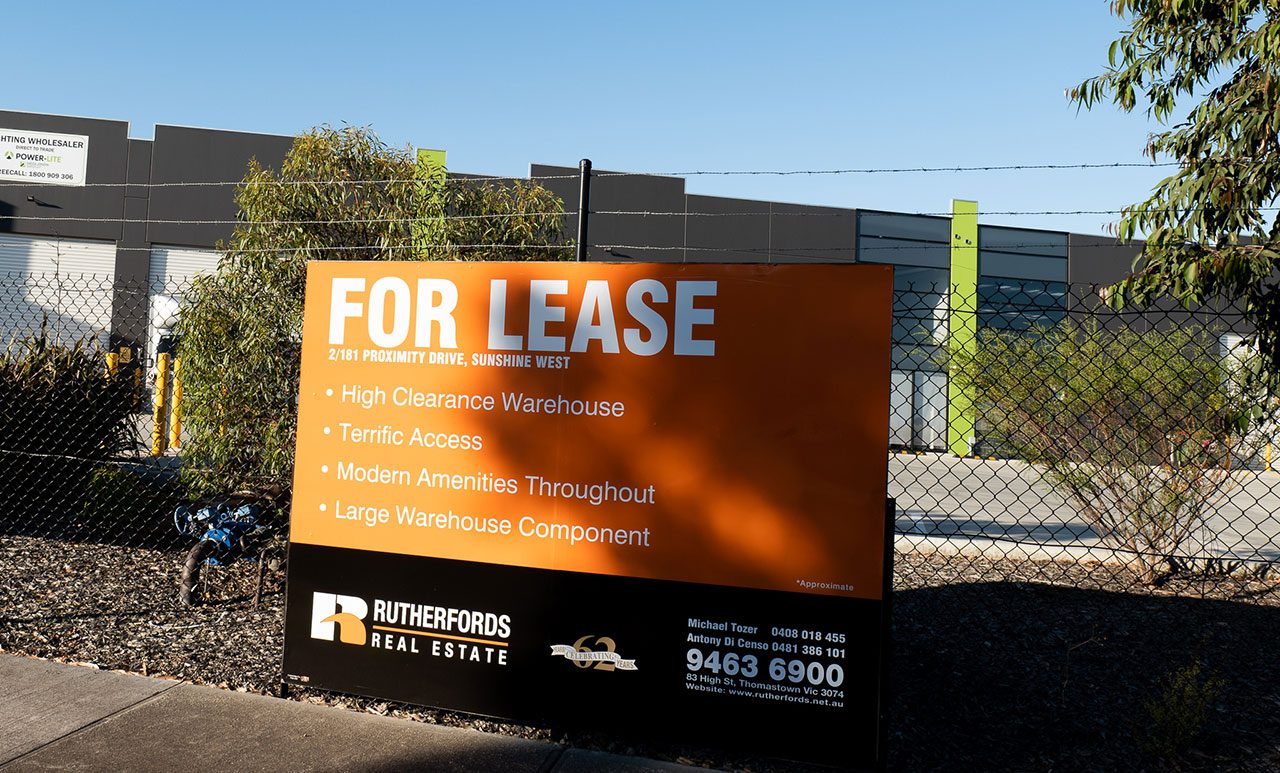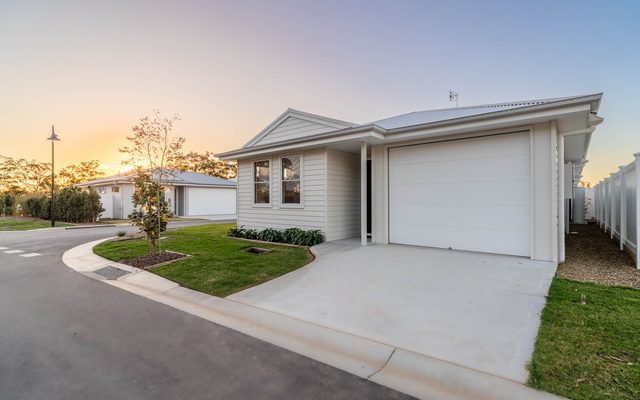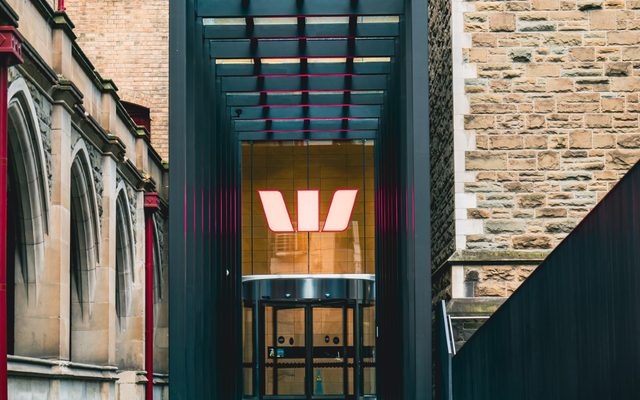This article is from the Australian Property Journal archive
AUSTRALIA’S high-performing industrial market will continue to see mixed vacancy rate movements across sub-markets in 2025, with ongoing high amount of new stock coming online, while the inner city markets to see the strongest rental growth.
New data from JLL shows Melbourne continued to boast the lowest vacancy rate of the eastern seaboard markets in the September quarter, with a rate of just 3.12%.
South-east Melbourne is the only precinct of scale to record declining vacancy over the quarter. The nearly-11 million sqm precinct has just 1.6% vacancy.
It is also the country’s biggest market, at 29.7 million sqm.
Sydney saw a slight uptick to 3.95% vacancy across its 23.1 million sqm, while Brisbane’s strong population trends helped the 13.6 million sqm market to a 3.67% vacancy rate.
JLL head of strategic research – Australia, Annabel McFarlane told Australian Property Journal Australian cities “attract a lot of population, and population has a very nice correlation with industrial sector demand”.
“The population increase by itself can create significant demand because we’re all shopping, we’re all buying goods,” she said.
“So that will soften the impact of any near-term weakening in the demand story.
“The demand story is mixed. At the moment it’s around the logistics sector, because with weakening consumer sentiment and retail spending, their contracts have not quite met what their pre-pandemic demand and mid-pandemic demand looked like.”
JLL data shows the average gross take-up of industrial space over the last 15 years is 2.7 million sqm, and that there has been a softening in the second half of 2024, with the total currently at 1.9 million sqm.
“However, it’s still robust. Think of it as more normalising than pulling back substantially. It’s just not quite as mad as it was through the middle of the pandemic. The demand then was just enormous.”
McFarlane said the forecast mixed vacancy results for 2025 “indicate that it’s a supply-led vacancy story rather than a demand softening story.”
“There’s quite a bit of elevated stock and an elevated level of construction happening. But what we’re seeing is that developers have started to be more considered around starting speculative development.”
Despite some 2.3 million sqm of warehouses currently under construction across the country and a normalisation in demand following the pandemic boom, Australia’s industrial market is set to remain severely undersupplied, with construction costs and servicing delays set to temper supply completions in the coming years.
“So once the current stock largely completes by middle of next year, then the supply will fall away quite markedly. And that will perhaps lead to a normalisation of the market again,” McFarlane said.
Vacancies will edge up in some precincts and then start to tighten again in others.
“What we have noticed is that the inner suburbs within our precincts – the ones that are closer to the port and the CBD – they currently have lower vacancy and are outperforming in terms of the rental growth.”
According to Savills’ most recent Industrial Shed Briefing, major markets such as Sydney west, Melbourne west and Brisbane southside have all seen rental growth stall as the cycle of record growth winds up and the market rebalances.




